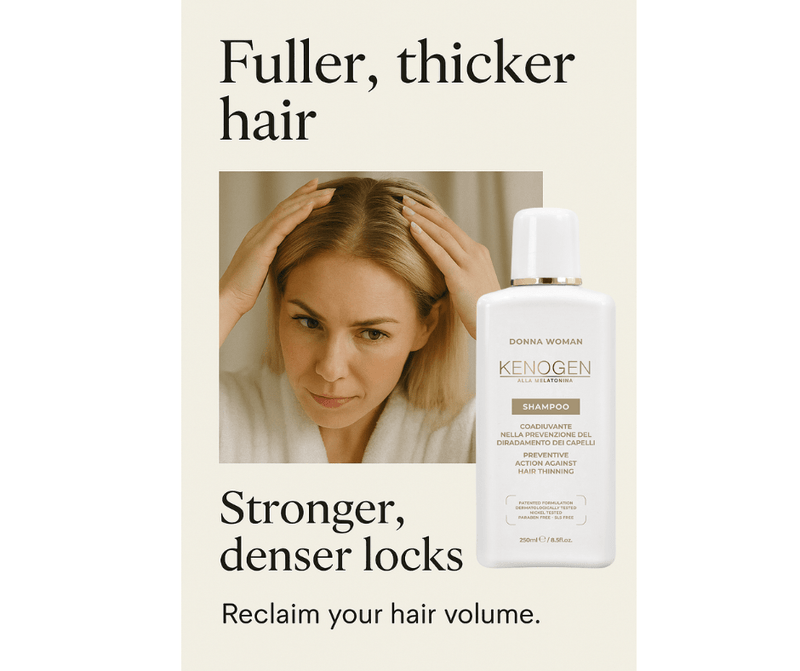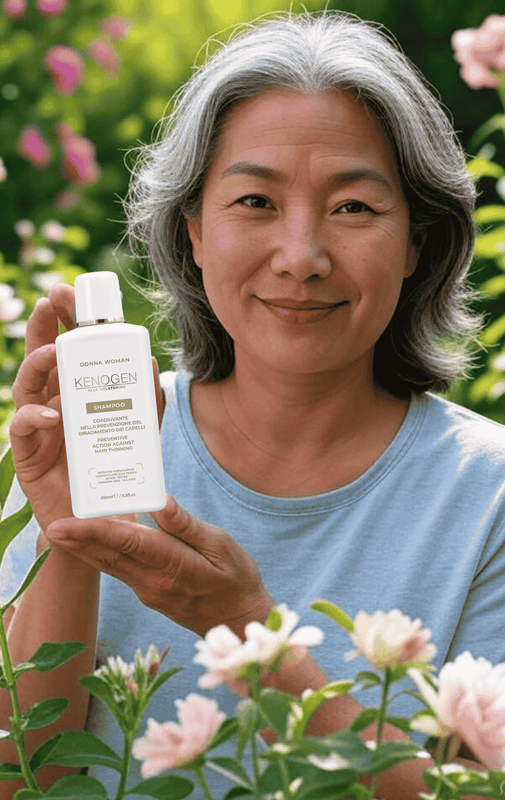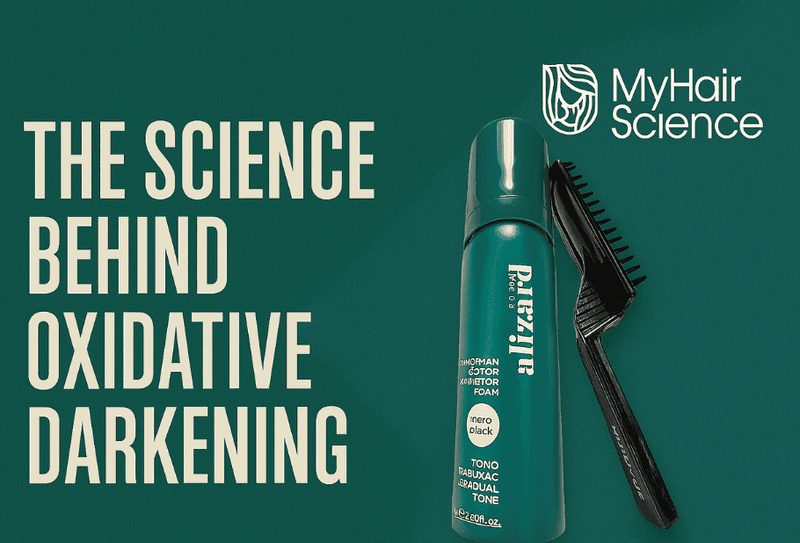

Introduction
Ever wondered why your hair feels dull or thin despite regular washing? It's often the scalp that's the culprit—a neglected foundation can lead to dryness, buildup, or stunted growth. Washing your hair isn't just about cleanliness; it's about nurturing your scalp for vibrant, healthy strands. Many of us overwash, use scalding water, or skip proper rinsing, which strips essential oils and hinders growth.
In this guide, we'll break down the proper techniques step by step, plus tips on choosing shampoos that truly support your hair goals. Let's dive in and transform your routine!
Step 1: Prep Your Hair Before Washing
Start by gently brushing your hair with a wide-tooth comb to detangle and remove loose debris. This minimizes breakage and distributes natural oils evenly. Wet your hair with lukewarm water (around 100°F/38°C) to open the cuticles without damaging them—hot water can dry out your scalp and lead to frizz.
Pro Tip: If you have curly or coily hair, consider a pre-shampoo oil treatment for extra protection.
Step 2: Focus on the Scalp, Not Just the Hair
Your scalp is where the magic happens—it's the source of natural sebum that protects and nourishes hair roots. Prioritize it during shampooing to promote better circulation and growth.
- Use a quarter-sized amount of shampoo (adjust for hair length).
- Rub it between your palms, then massage into the scalp using your fingertips in circular motions—avoid nails to prevent scratches.
- Spend 1-2 minutes here to boost blood flow, which can encourage follicle activity.
For oily scalps, a clarifying shampoo once a week can help; for dry ones, opt for hydrating formulas.
Step 3: Don’t Overwash
Overwashing removes vital oils, leading to a rebound effect where your scalp produces even more oil—or worse, irritation and thinning. Aim for 2-3 washes per week for most hair types; those with oily scalps might need 3-4, while dry or curly hair can go longer. Always choose gentle, sulfate-free shampoos to maintain balance without stripping.
Step 4: Rinse Properly
Rinse with lukewarm water until the water runs clear—no suds means no residue, which can cause dandruff or itchiness. Switch to cool water for the final rinse to seal the cuticles, lock in moisture, and enhance shine.
Step 5: Condition Correctly
Conditioner is for hydration, not cleansing—apply it from mid-lengths to ends to avoid weighing down roots or causing buildup. Leave it on for 2-3 minutes (or longer for deep conditioning), then rinse with cool water. For color-treated or damaged hair, look for protein-enriched options.
Step 6: Dry with Care
Gently squeeze out excess water, then pat dry with a microfiber towel or old T-shirt—rubbing creates friction that leads to breakage and frizz. Air-drying is ideal, but if using a blow dryer, keep it on low heat and use a heat protectant. Bonus: Weekly scalp exfoliation with a gentle scrub can remove buildup for even healthier growth.
Why the Right Shampoo Matters
Technique is key, but your products amplify results. Harsh ingredients like sulfates can irritate the scalp, so go for science-backed formulas. At My Hair Science, our shampoos are crafted to:
- Stimulate the scalp with ingredients like melatonin (shown in studies to support hair density), echinacea for vitality, or plant-based extracts.
- Promote thicker, stronger growth without harsh chemicals.
- Balance oils and revitalize graying hair naturally.
Explore our clinically tested options for thinning or gray hair—pair them with this routine for noticeable improvements. Have you tried melatonin-infused products? Share in the comments!
Conclusion
Proper washing isn't just a chore; it's an investment in your scalp's health for longer, shinier, and more resilient hair. Start with these steps, listen to your hair's needs, and incorporate supportive products. Over time, you'll see the difference. What's your biggest hair washing struggle? Let us know below—we're here to help!









